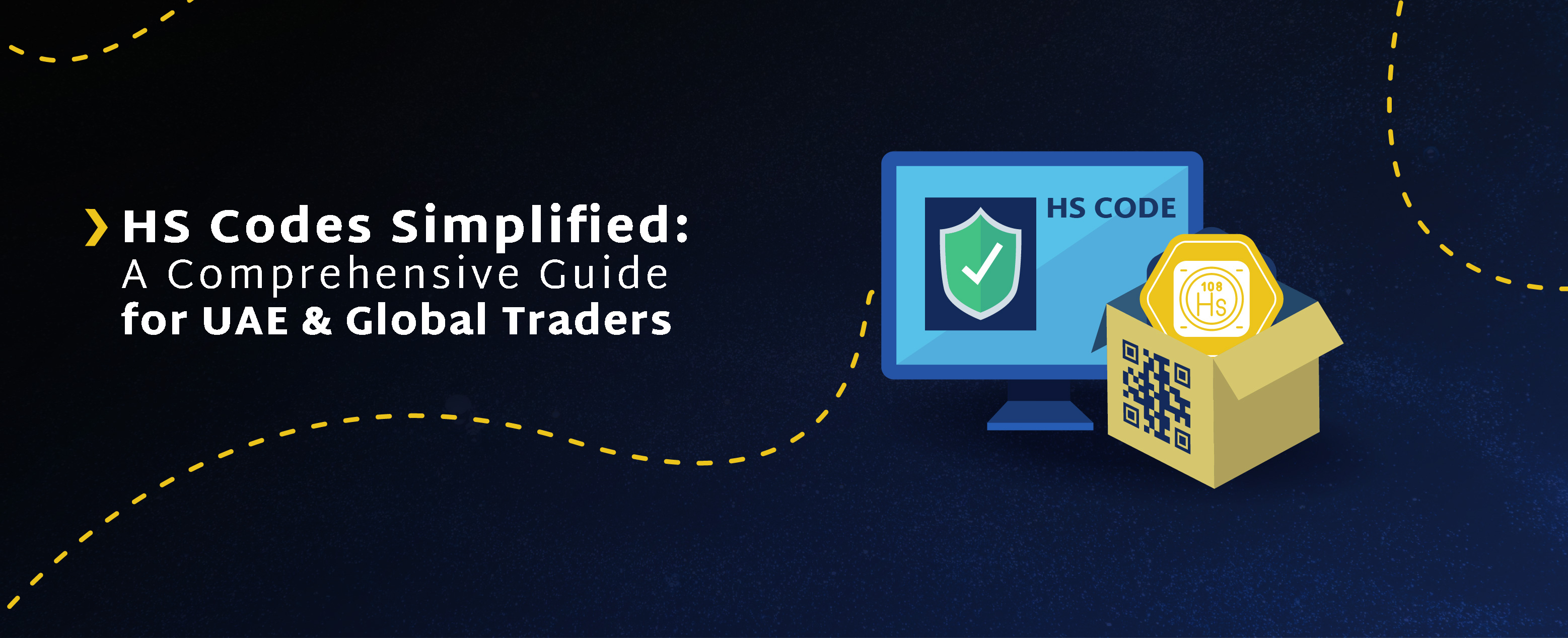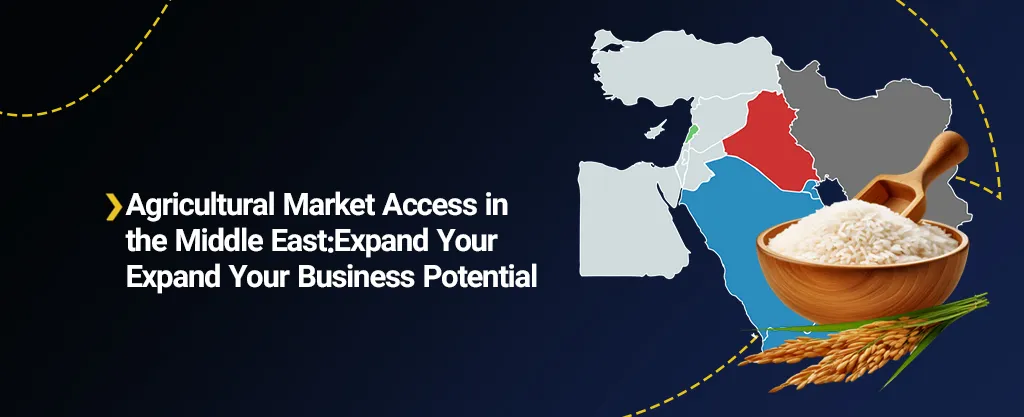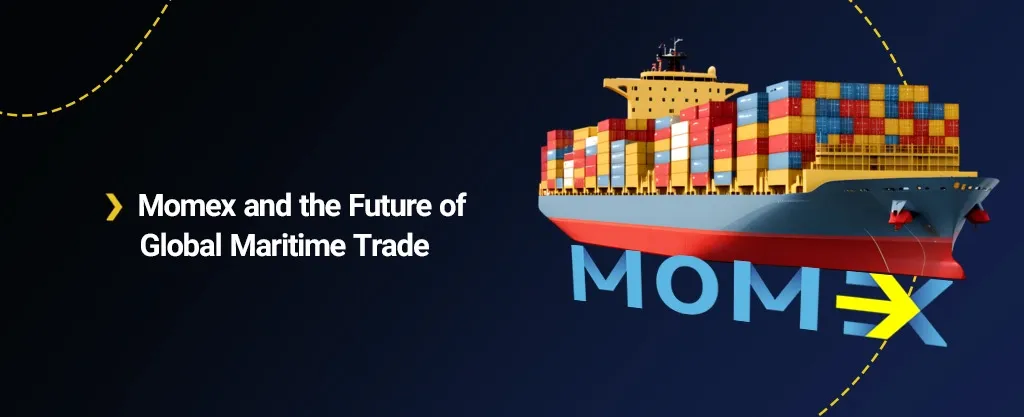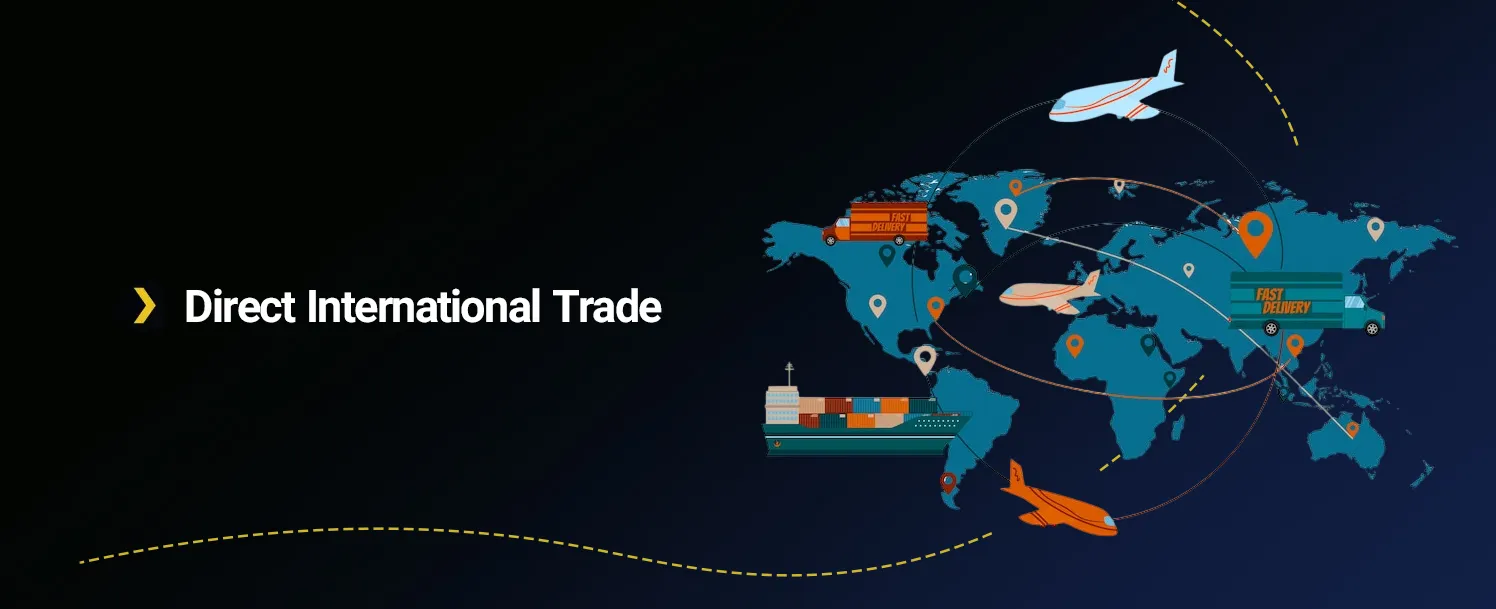HS Codes Simplified: A Comprehensive Guide for UAE & Global Traders
In the world of international trade, few things are as crucial as Harmonized System (HS) codes. For traders in the UAE and across the globe, HS codes play a vital role in customs clearance, tariff calculations, and ensuring compliance with trade regulations. Whether you're exporting electronics or importing textiles, understanding and using the correct HS codes can make or break your trade process. This guide aims to simplify HS codes, explain their importance, and outline how UAE shippers can navigate the system effectively.

What Are HS Codes?
HS Codes, or the Harmonized Commodity Description and Coding System, are internationally standardized codes used to classify traded products. Developed by the World Customs Organization (WCO), HS codes apply to over 98% of global trade and are essential for customs authorities worldwide.
Each HS code is composed of a six-digit number:
- HS-2: The first two digits represent the chapter (e.g., 84 for machinery).
- HS-4: The next two digits signify the heading (e.g., 84.71 for automatic data processing machines).
- HS-6: The final two digits provide a subheading (e.g., 84.71.90 for other data processing machines).
In the UAE, HS codes are often extended with additional digits (up to 7 or more) to suit national tariff and statistical purposes. For example, a product classified as 84.71.90 globally may have an extended version like 84.71.90.10 to comply with UAE-specific requirements.

The Importance of HS Codes for UAE Traders
For UAE traders, HS codes serve several critical functions:
- Customs Clearance: Accurate HS codes ensure quick and efficient customs processing, reducing the risk of delays.
- Tariff Calculation: HS codes help determine applicable duties and taxes, enabling accurate cost estimation.
- Trade Compliance: Using the correct HS codes helps businesses avoid fines, penalties, or shipment seizures.
- Statistical Data: HS codes contribute to tracking international trade statistics, supporting economic analysis and government policy-making.

How to Find the Correct HS Code for Your Products
Correctly identifying your product’s HS code can be a complex process, but with the right tools and strategies, it becomes manageable. Here’s a step-by-step guide for UAE shippers:
- Identify Your Product: Start by thoroughly understanding your product’s material, purpose, and key characteristics. Is it electronic, textile, or machinery? Each type has a designated code.
- Use the UAE Federal Customs Authority (FCA) Portal: The UAE FCA provides an online database where traders can search for HS codes. By entering your product details, you can find the corresponding code quickly.
- Consult Freight Forwarders or Customs Brokers: When in doubt, consult with professionals. Companies like Momex offer customs brokerage services to ensure you use the right HS codes and avoid costly mistakes.
- Stay Updated: The WCO regularly updates the HS code system every five years. Traders should remain informed about changes to avoid using outdated codes.

Examples of Common HS Codes for UAE Traders
Below are a few examples of commonly exported or imported products in the UAE and their HS codes:

These HS codes are just a glimpse of the vast classification system in place. Each product category can have further sub-classifications based on size, material, and other specifics.
Decoding HS Codes: General Categories
The HS code system is divided into 21 sections and 99 chapters, which cover everything from live animals to works of art. Below is a simplified breakdown of general HS code categories:

This outline serves as a basic framework for navigating the HS code system. For a complete list of subcategories and specific product codes, you can consult the World Customs Organization (WCO).
How Momex Can Help
For UAE traders looking to streamline their customs clearance process, Momex offers a robust platform that simplifies HS code selection. By automating HS code identification and providing real-time tracking, Momex ensures that your shipments are processed quickly and efficiently, reducing the risk of errors, delays, or penalties.

Conclusion
In a globalized economy, HS codes are indispensable for ensuring smooth international trade. For UAE traders, using the correct HS code is not only a legal requirement but a way to enhance operational efficiency and avoid costly delays. With platforms like Momex offering automation and support, navigating the complexities of HS codes has never been easier.
FAQs
1. What are HS Codes in the UAE?
HS Codes are internationally standardized codes used to classify traded goods. In the UAE, these codes help customs authorities determine duties, taxes, and compliance for imports and exports.
2. How do I find the correct HS Code for my product?
You can search for your product’s HS code through the UAE Federal Customs Authority (FCA) Portal or consult freight forwarders and customs brokers for assistance.
3. Why are HS Codes important for global trade?
HS Codes ensure smooth customs clearance, correct tariff calculations, and compliance with international trade laws, reducing the risk of penalties and shipment delays.
4. Can I use outdated HS Codes?
No. HS codes are updated every five years by the World Customs Organization (WCO). Using outdated codes can lead to incorrect customs declarations and penalties.
5. How can Momex help with HS Code selection?
Momex offers automated HS code identification and real-time tracking to simplify the customs clearance process, ensuring accuracy and speed for UAE traders.














